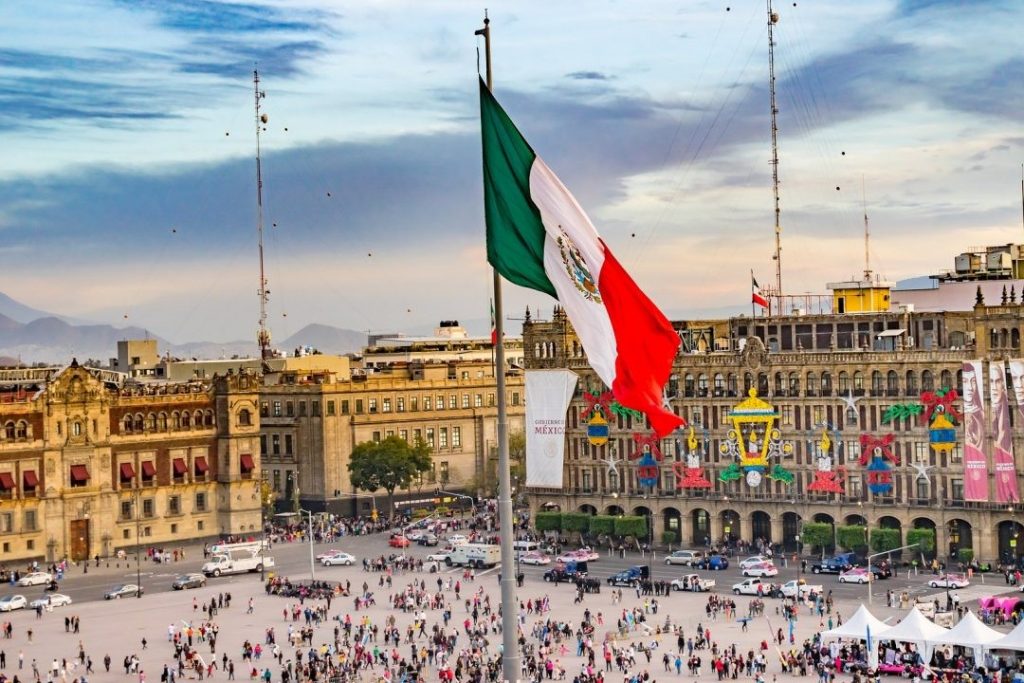Famous and well-known trademarks have increased in importance globally in recent years. They represent the right to stop parties from registering a mark that is similar to a “well-known or renowned” trademark without the consent of the brand owner. They don’t merely stop the registration of a third party’s identical or confusingly similar trademark.
The documentation and evidence requirements to get the declaration of a well-known or renowned trademark are outlined in Article 192 of Mexico’s Federal Law on the Protection of Industrial Property. According to our legal system, such proof must be evaluated and accepted by the officials of the Mexican Institute of Industrial Property (IMPI).
Market research revealing the existing or future consumers who are aware of the infamous or renowned mark, the date of first usage in Mexico and overseas, etc., could serve as an example of this evidence.
After receiving this information from the interested party, the IMPI reviews and analyzes the evidence before declaring a “well-known or famous trademark” in an official communication. This classification is valid in Mexico for a period of five years and may be extended for an additional five years.
The IMPI will only declare a well-known or renowned trademark if the interested party complies with the documentation requirements and legal formalities. The Federal Courts have already determined that a trademark achieves fame or notoriety not because the declaration is issued by the IMPI, but because its fame or notoriety is pre-existing.
However, the IMPI has recently started to cite the official communication that declares the fame or notoriety as a bar for an identical or confusingly similar trademark to the one declared as well-known or famous, even though the declaration is no longer valid as its five years of validity have passed. Due to the existence of a trademark that has been designated famous or well-known, it rejects or denies the trademark application.
If the applicant then takes the IMPI’s rejection or denial to court, claiming that the declaration of “well-known or famous” was not in effect, problems may result. Based on this reality, the courts might overturn the IMPI’s decision.
This practice hinders the rights of trademark owners, as in most cases where rights holders take action against these third parties, they are in the process of applying for the renewal of the declaration of a well-known or famous trademark or are planning to doing so.
Solution
One of two approaches could be used to resolve this issue:
(i) The IMPI respects the decisions of the Federal Court and chooses to reject a confusingly similar trademark on the grounds that the fame or notoriety of a brand already existed whether or not the declaration of fame or notoriety was in effect. As stated in article 191 of the law, which states that obstacles related to the protection of well-known or famous trademarks will be applied regardless of whether they are registered or declared, we could argue that the current rejections are unlawful and that the IMPI is not taking this into consideration.
(ii) The owner of the well-known or famous trademark is prompted to renew the declaration of fame of its trademark so the IMPI can consider this when deciding to accept or deny an identical or confusingly similar trademark to the famous or well-known one.
On the other hand, the law also specifies guidelines for renowned or well-known trademarks that can be valued using a particular process. The evaluation of a trademark’s renown or fame has recently been cited by the IMPI as a reason for rejecting or denying identical or confusingly similar trademark applications.
In order to reject an identical or confusingly similar trademark, the IMPI estimates the renown or fame of the brand in question. That is to say, based on data like publicly accessible information on websites, etc., the IMPI estimates the popularity or reputation of a trademark.
Most of the time, this might be regarded as an illegal practice because the websites or publicity considered by the IMPI are insufficient to show the fame of a brand, and the applicant for the copied trademark may use this as grounds to challenge the IMPI’s evaluation.
The following requirements must be met in order for the IMPI to legitimately and lawfully estimate celebrity or notoriety:
(i) The IMPI determines such estimation, considering not just this proof, but suitable evidence that could demonstrate that the trademark is well-known or famous. Doing the contrary could leave the owners of the trademark application unprotected.
(ii) The holder of the well-known or famous trademark opposes the applications and offers in opposition relevant evidence that demonstrates that the trademark is well-known or famous, so that the IMPI can analyse said evidence.
In conclusion, the aforementioned issues might be resolved if:
- The IMPI complies with the decisions of the Federal Court and rejects an identical or confusingly similar mark, taking into account the pre-existence of a well-known or famous trademark, and at the time of determining the notoriety or fame of a trademark, considers the sufficient and appropriate evidence established by law and proceeds to reject.
- By taking advantage of the IMPI’s present practice, the trademark holder renews the declaration of fame or notoriety of its trademarks on time and provides the necessary supporting documentation during the opposition process, allowing the IMPI to formally estimate the fame or notoriety.
Following this procedure, well-known or famous trademarks will be duly protected and enforced in Mexico.
You can see a list of Mexico IP Firms here

